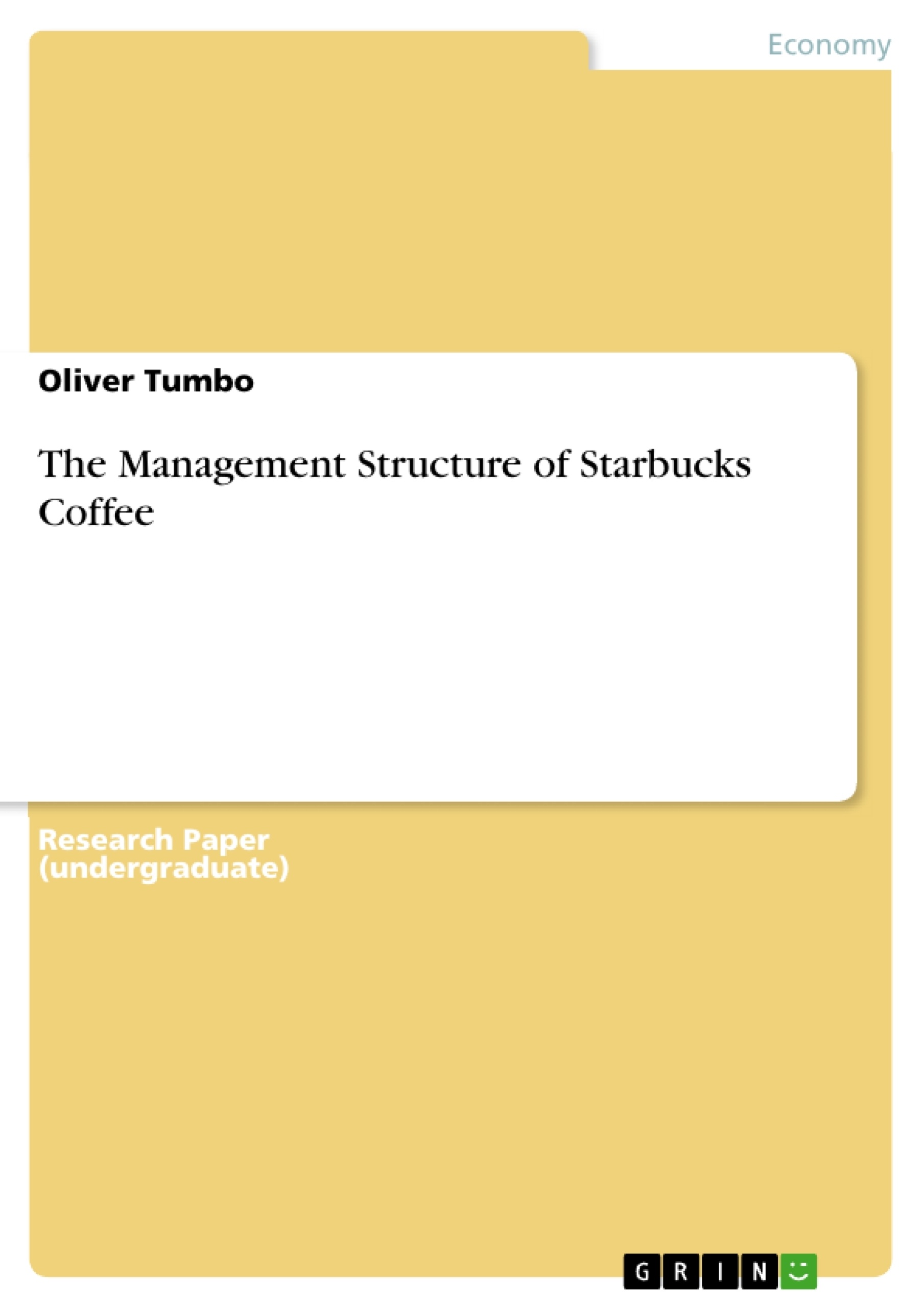Starbucks Coffee is a company that capitalizes on its corporate structure to enhance its business agenda in the global arena. Being the largest chain of coffeehouses in the world, Starbucks enjoys a competitive advantage in the industry partially through the aptness of its management structure. Starbucks has a matrix organizational structure, which is the least bureaucratic and the most excellent human resource policy. The McKinsey 7-S model can assist in describing the company’s change and innovation strategy. In addition, Starbucks’ communication channel, which flows in all organizational directions, is effective for its employees. The company’s management controls different processes to guarantee the realization of desired goals at all corporate levels. On the other hand, the CEO exhibits several servant and transformational leadership styles to run the company and address various management issues.
Table of Contents
- Executive Summary
- Introduction
- Company Products/Services, Number of Employees and Turnover
- Organizational Structure and Design
- HR Structure and Management (Staffing, Benefits and Compensation, and Motivation)
Objectives and Key Themes
This document explores the management structure of Starbucks Coffee, examining its impact on the company's growth and success. It analyzes the company's organizational structure, human resource management strategies, and leadership styles, demonstrating how these elements contribute to Starbucks' competitive advantage.
- The role of management structure in achieving business goals
- Starbucks' matrix organizational structure and its strengths
- The importance of effective human resource management in retaining employees
- Starbucks' commitment to employee motivation and satisfaction
- Leadership styles and their impact on company culture and strategy
Chapter Summaries
- Executive Summary: Provides a brief overview of Starbucks Coffee's management structure and its impact on the company's global success.
- Introduction: Introduces the concept of management structure and its importance for business growth. It highlights Starbucks' unique organizational structure and its evolution over time.
- Company Products/Services, Number of Employees and Turnover: Describes Starbucks' primary products and services, outlines its impressive employee count, and discusses its relatively low employee turnover rate.
- Organizational Structure and Design: Explains Starbucks' matrix organizational structure, emphasizing its hybrid nature and its effectiveness in facilitating collaboration across different units.
- HR Structure and Management (Staffing, Benefits and Compensation, and Motivation): Examines Starbucks' human resource management practices, highlighting its focus on attracting, retaining, and motivating employees through comprehensive training, competitive benefits, and a commitment to a diverse and inclusive workplace.
Keywords
This paper delves into the management structure of Starbucks Coffee, focusing on its matrix organizational design, human resource management practices, employee motivation, leadership styles, and the company's overall commitment to growth and innovation.
- Citar trabajo
- Oliver Tumbo (Autor), 2020, The Management Structure of Starbucks Coffee, Múnich, GRIN Verlag, https://www.grin.com/document/966962



